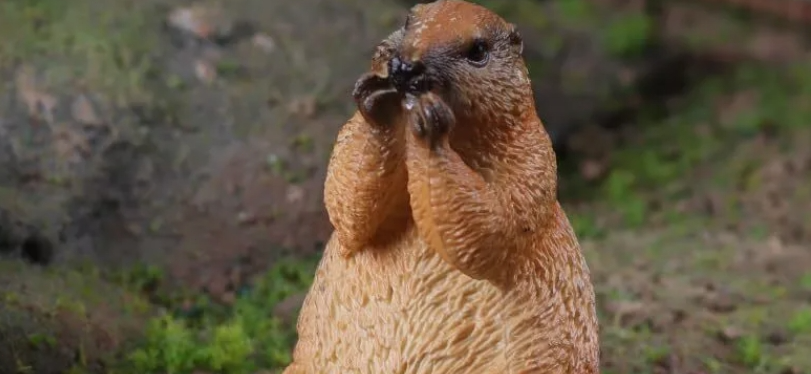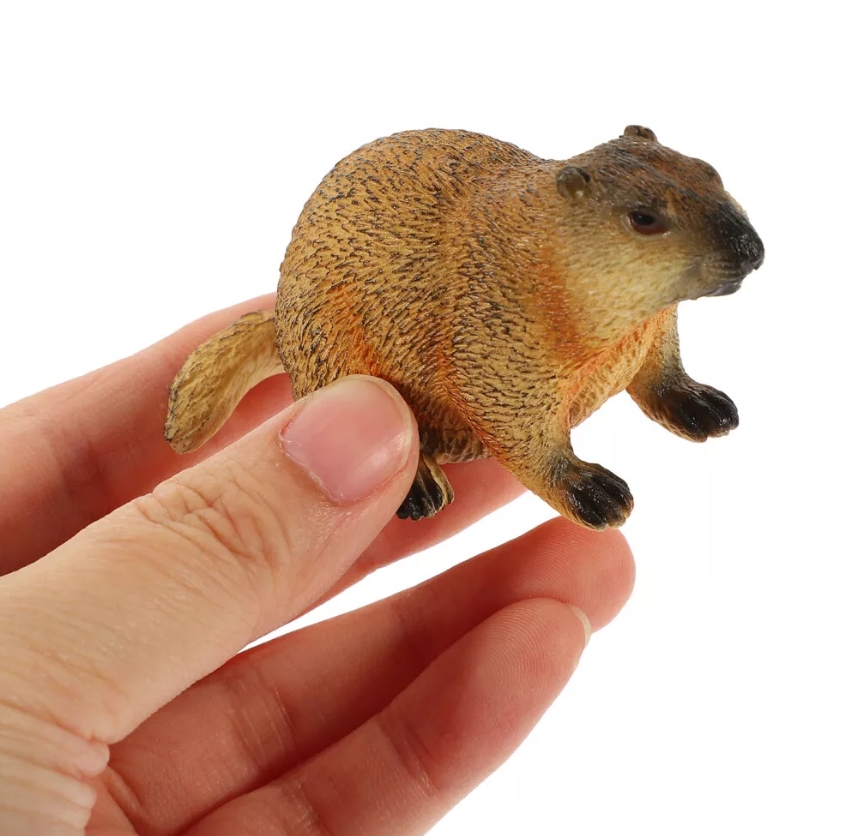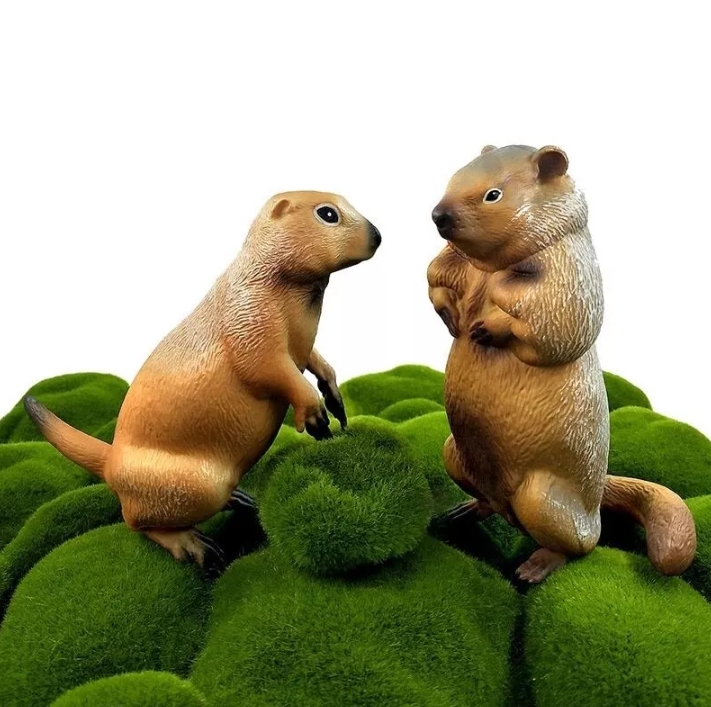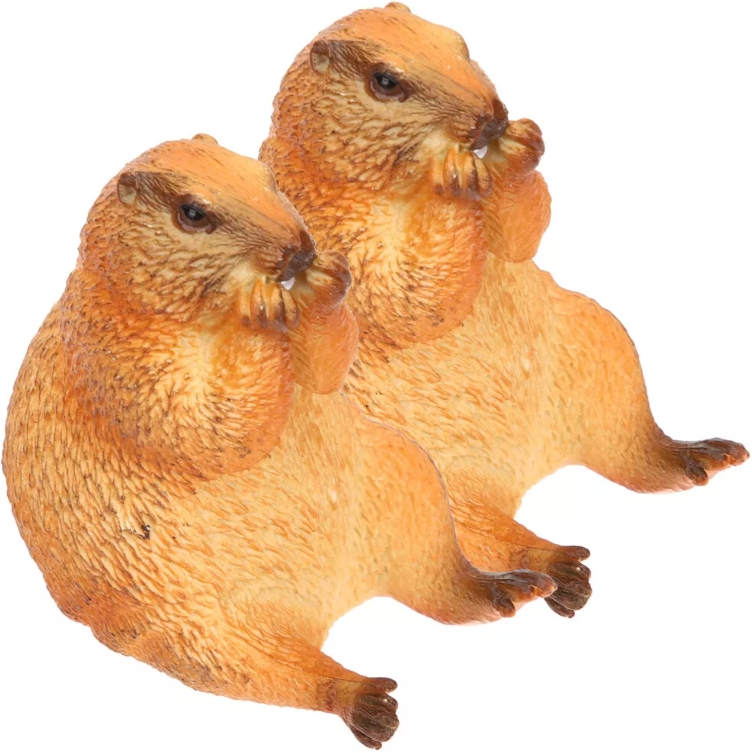The groundhog model is a theoretical tool used to describe and analyze social phenomena. It is named because it vividly simulates the mechanism of groundhog underground activity. Its core idea is to reduce complex social systems to understandable structures in order to study their dynamics and underlying behavior.
In social systems, the interaction and mutual influence of participants is often as hidden and complex as the groundhog's digging in the ground. The groundhog model models the behavior and decision-making process of the participants in an abstract way to facilitate the analysis of the overall operation of the system. Models often contain multiple variables that can represent different social factors, such as economics, culture, politics, etc.
The importance of the groundhog model is that it helps researchers understand the feedback mechanisms within the system. In many social phenomena,the behavior of the participants is not only influenced by the external environment,but also restricted by the consequences of their own behavior. For example,the implementation of a social policy may prompt individuals to react accordingly,and these reactions may in turn affect the effect of the policy. By using the groundhog model,researchers can more clearly identify causal relationships between different factors,providing a scientific basis for policy making.
In addition, the groundhog model is also somewhat predictive. By adjusting the parameters of the model, the researchers were able to simulate social change under different scenarios and predict where it might go in the future. This predictive ability is important for both social science research and policy making, to identify potential problems ahead of time and explore solutions.
However, it is worth noting that the simplified nature of the groundhog model itself can also lead to some limitations.




